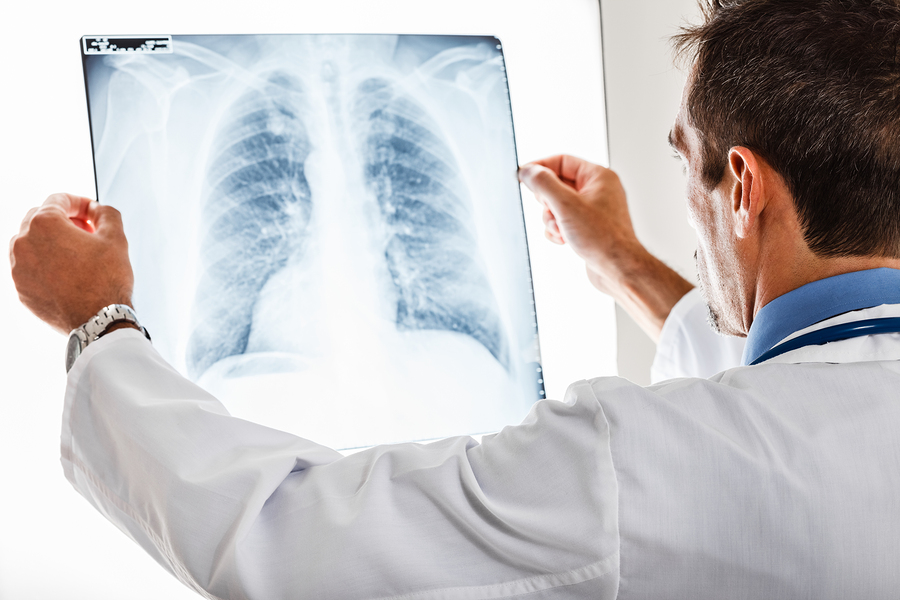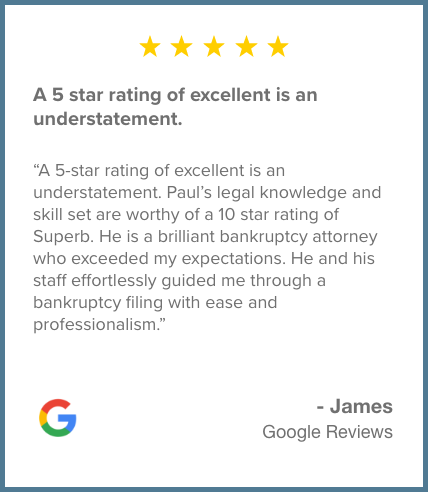Can I Qualify for Disability Benefits in PA with a Respiratory Disease?
According to Census data, approximately 20% of Americans are disabled, adding up to a whopping 57 million people. According to the Social Security Administration, in 2013 alone the SSA spent over $10 billion on disability benefits for roughly 8.9 million disabled individuals. But while millions are approved, many more will be denied. The more you understand about what the SSA looks for in applicants with respiratory diseases, the stronger your claim will be. In this edition of our “Can I Qualify?” blog series, our Philadelphia disability benefits lawyers take a look at how the SSA evaluates respiratory conditions for disability benefits.

The SSA’s Listing of Impairments
The SSA uses a few basic guidelines when weighing disability applicants. Claims representatives will consider questions like:
- Do you have a recognized disability?
- Is your disability severe enough to prevent you from working?
- How long is your disability expected to last?
Because different conditions have different effects on physical function and working ability, each case must be evaluated on an individual basis. The SSA uses its Listing of Impairments, sometimes referred to as the “Blue Book,” to help determine whether your particular disability is severe “enough” to interfere with gainful employment. In other words, it is not enough to simply have a respiratory disease — it must be considered severely disabling.
Respiratory Conditions Eligible for Disability Benefits
Section 3.00 of the Listing of Impairments is dedicated entirely to respiratory diseases. Noted medical conditions under Section 3.00 include:
- Chronic Pulmonary Insufficiency (Section 3.02)
- Asthma (Section 3.03)
- Cystic Fibrosis (Section 3.04)
- Pneumoconiosis (Section 3.06)
- Bronchiectasis (Section 3.07)
- Chronic Persistent Lung Infections (Section 3.08)
- Cor Pulmonale Secondary to Chronic Pulmonary Vascular Hypertension (Section 3.09)
- Sleep-Related Breathing Disorders (Section 3.10)
- Lung Transplant (Section 3.11)
There is no Section 3.05 currently listed on the SSA’s website.
It should also be noted that even if an illness is not explicitly referenced in the Listing (such as a rare disease), it could still be considered a valid condition.
Requirements for Common Respiratory Conditions
Once again, it is not “enough” to have a condition: that condition must also prevent you from working. The SSA measures the severity of your respiratory condition based on professional input from your physician, as well as the Blue Book guidelines. In addition to the partial examples below, you can view the full official guidelines here.
Asthma
- Must be accompanied by either chronic asthmatic bronchitis or attacks.
- Attacks must occur at least six times per year “in spite of prescribed treatment.”
- An in-patient hospitalization exceeding 24 hours “counts as two attacks.”
Cystic Fibrosis
The SSA’s standards for cystic fibrosis are more complex than those associated with asthma, but some of the requirements include:
- “Episodes of bronchitis or pneumonia or hemoptysis” which occur at least six times per year. (Once more, hospitalizations longer than 24 hours count as two episodes.)
- Alternately: “persistent pulmonary infection” which occurs at least twice per year and requires “intravenous or nebulization antimicrobial therapy.”
Lung Transplant
Fortunately, the lung transplant requirements are straightforward. The full entry in the Listing of Impairments simply states, “Consider under a disability for 12 months following the date of surgery; thereafter, evaluate the residual impairment.”
If you are unable to work due to a respiratory condition, you may be able to qualify for disability benefits. A PA or NJ disability attorney can prepare a strong application, or help you appeal if you’ve already been denied. To schedule a free, confidential case evaluation, call the law offices of Young, Marr, Mallis & Associates at (609) 755-3115 in New Jersey or (215) 701-6519 in Pennsylvania, or contact us online today.






























